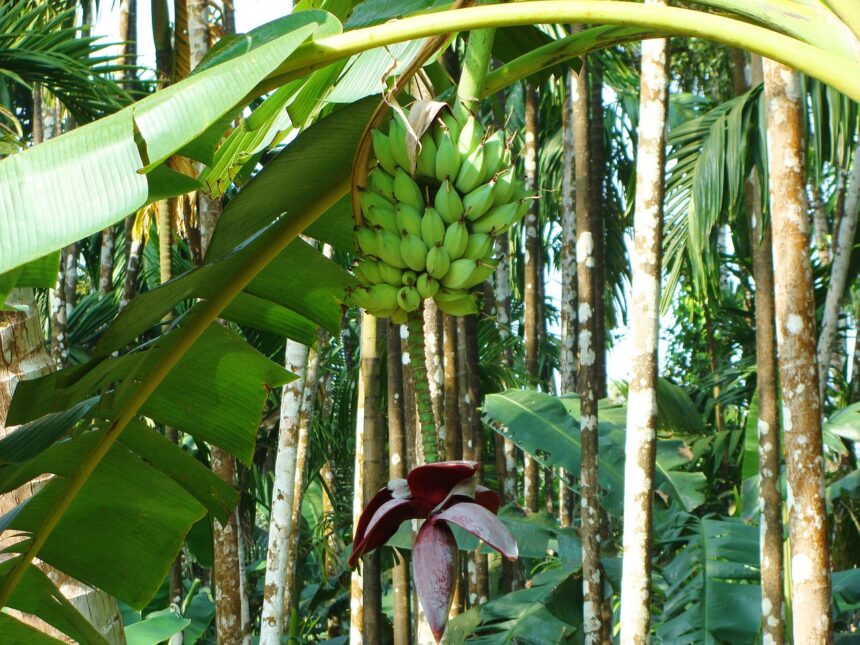Lucknow, 2025 — Uttar Pradesh (UP), often called the agricultural heartland of India, relies heavily on its farming community, which constitutes a significant portion of the state’s workforce. To address the challenges faced by farmers and improve their livelihoods, the government has launched several schemes aimed at increasing productivity, reducing risks, and ensuring better market access. But are these initiatives truly meeting the needs of UP’s farmers?
Key Government Schemes for Farmers
- Pradhan Mantri Fasal Bima Yojana (PMFBY)
- Objective: Provide financial protection to farmers against crop failure due to natural disasters.
- Impact: Over 4 million farmers in UP have benefitted from crop insurance under this scheme, receiving compensation for losses caused by floods and droughts.
- Kisan Samriddhi Yojana
- Focus: Promote modern farming techniques, including drip irrigation and mechanization.
- Outcome: Productivity has increased by 15% in regions where the scheme has been implemented, according to the UP Agriculture Department.
- e-NAM (National Agriculture Market)
- Purpose: Enable farmers to sell their produce directly in digital markets, eliminating middlemen.
- Results: More than 2 million farmers have registered on the platform, improving price realization for their crops.
- Mukhyamantri Krishi Vikas Yojana
- Goal: Provide subsidies on seeds, fertilizers, and farm equipment to small and marginal farmers.
- Achievement: The scheme has benefitted nearly 1.2 million farmers across UP, particularly in underserved rural areas.
Challenges Faced by Farmers
- Market Access and Price Volatility
- Despite schemes like e-NAM, many farmers still face challenges in accessing broader markets due to limited digital literacy and logistical issues.
- Proposed Solution: Expanding physical and digital infrastructure to connect remote regions to marketplaces.
- Climate Change Impacts
- Unpredictable weather patterns and rising input costs strain agricultural livelihoods.
- Response: The government is introducing climate-resilient crop varieties and promoting sustainable practices under schemes like the Agroforestry Policy.
- Debt Burden
- Many farmers continue to depend on informal credit sources, leading to high-interest debt cycles.
- Initiative: Programs like Kisan Credit Card (KCC) aim to provide affordable credit options, but coverage needs further expansion.
Voices from the Ground
- Farmers’ Perspective: “Schemes like PMFBY have helped during bad weather, but timely disbursement of funds remains a concern,” says Ram Kishore, a sugarcane farmer from Meerut.
- Expert Opinion: Economists emphasize that while these schemes address immediate concerns, long-term solutions require investment in rural infrastructure and education for sustainable development.
Impact on Agricultural Economy
- Productivity Boost: Reports from the Ministry of Agriculture indicate a 12% overall increase in crop yields over the past three years due to modernized farming practices.
- Income Growth: Farmers who adopted e-NAM platforms saw an average income rise of 20%, showing the potential of digital interventions.
Conclusion: Progress with Room for Improvement
The government’s schemes have undoubtedly made strides in addressing key challenges faced by UP’s farmers, from crop insurance to market access. However, issues like digital literacy, delayed implementation, and insufficient rural infrastructure continue to limit the full potential of these initiatives.
As UP progresses toward its economic goals, empowering farmers through timely support, education, and sustainable practices will remain critical. Only then can the state ensure that its agricultural backbone remains strong enough to support its trillion-dollar ambitions.


Leave a Reply